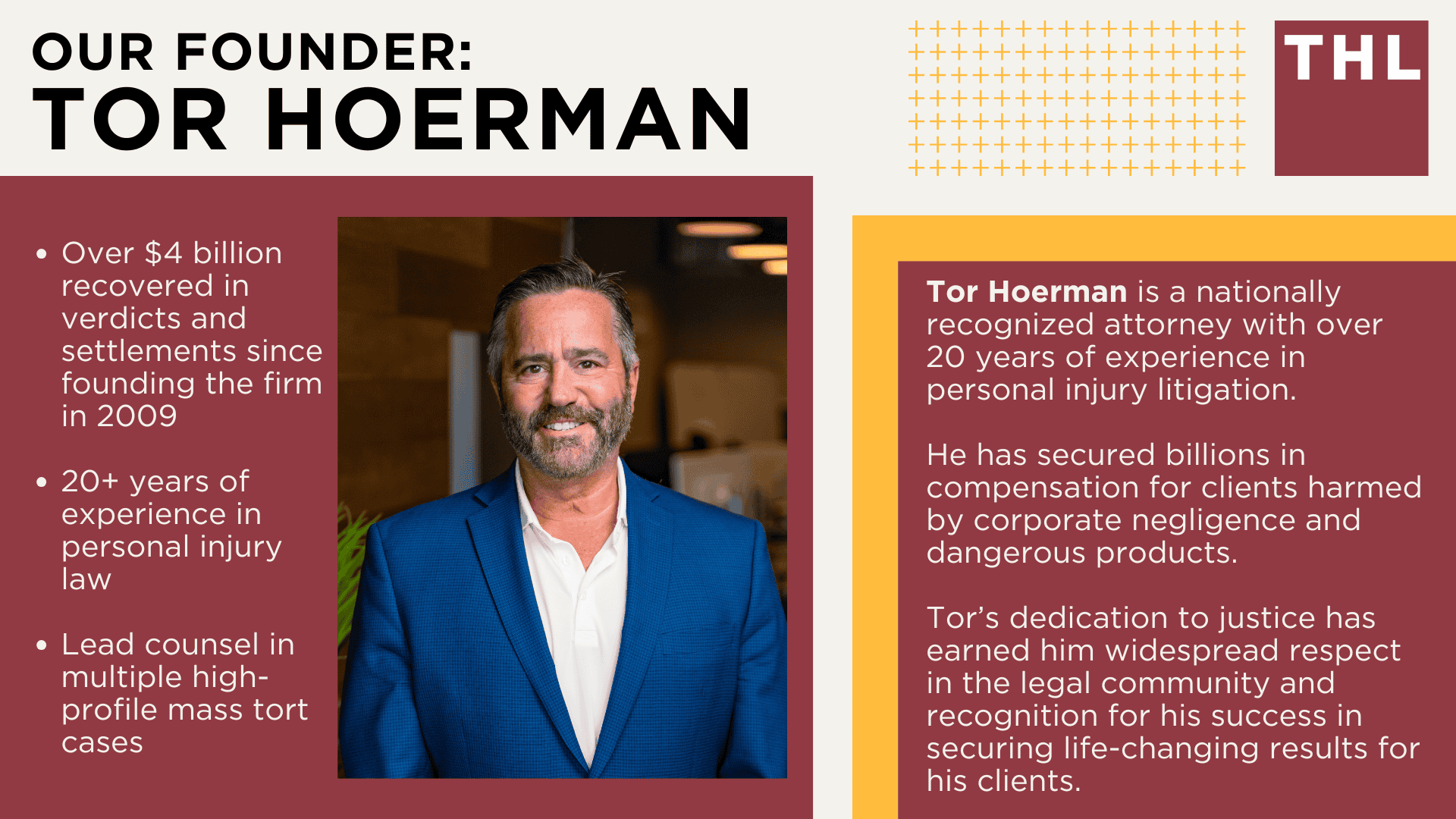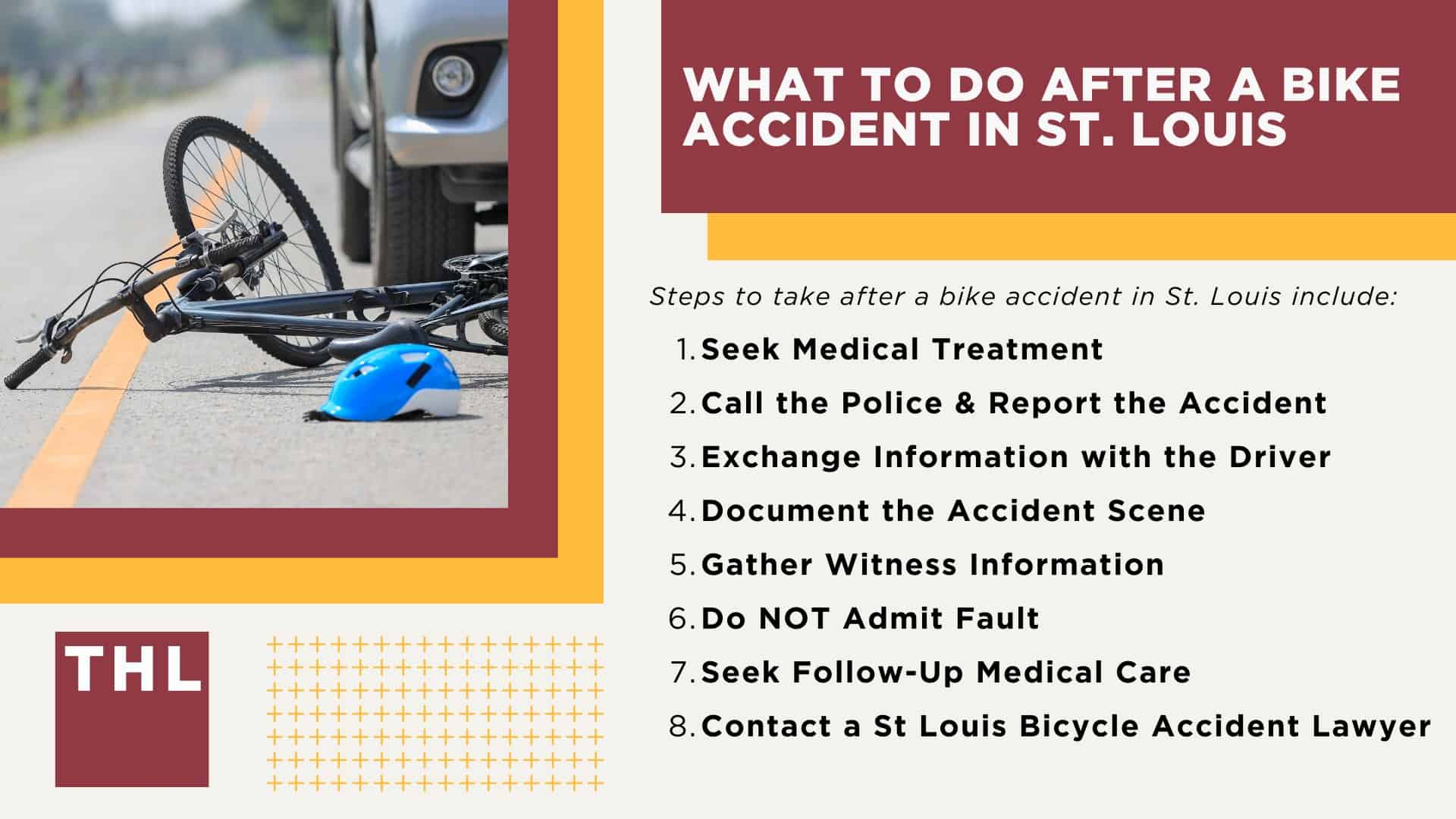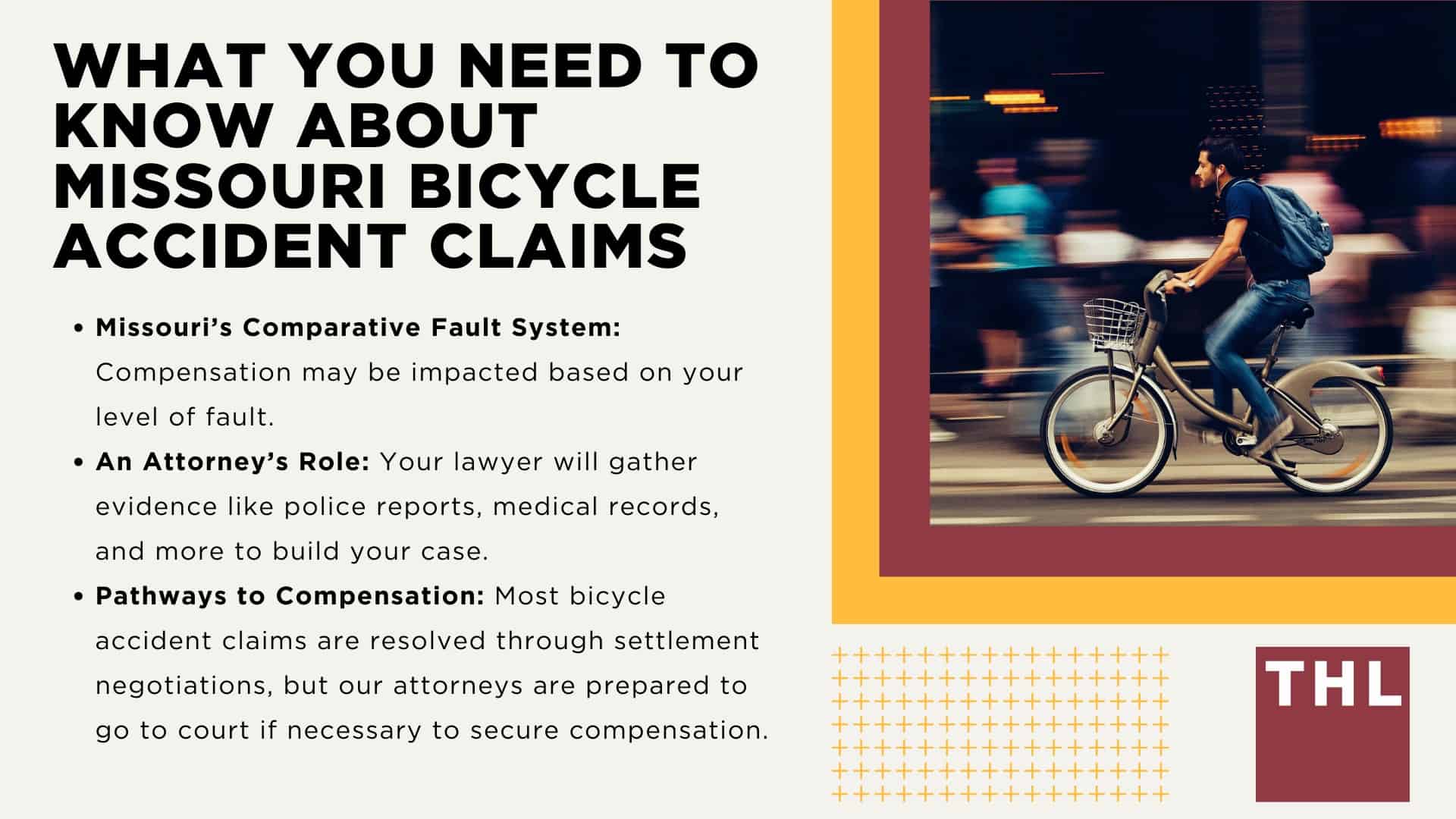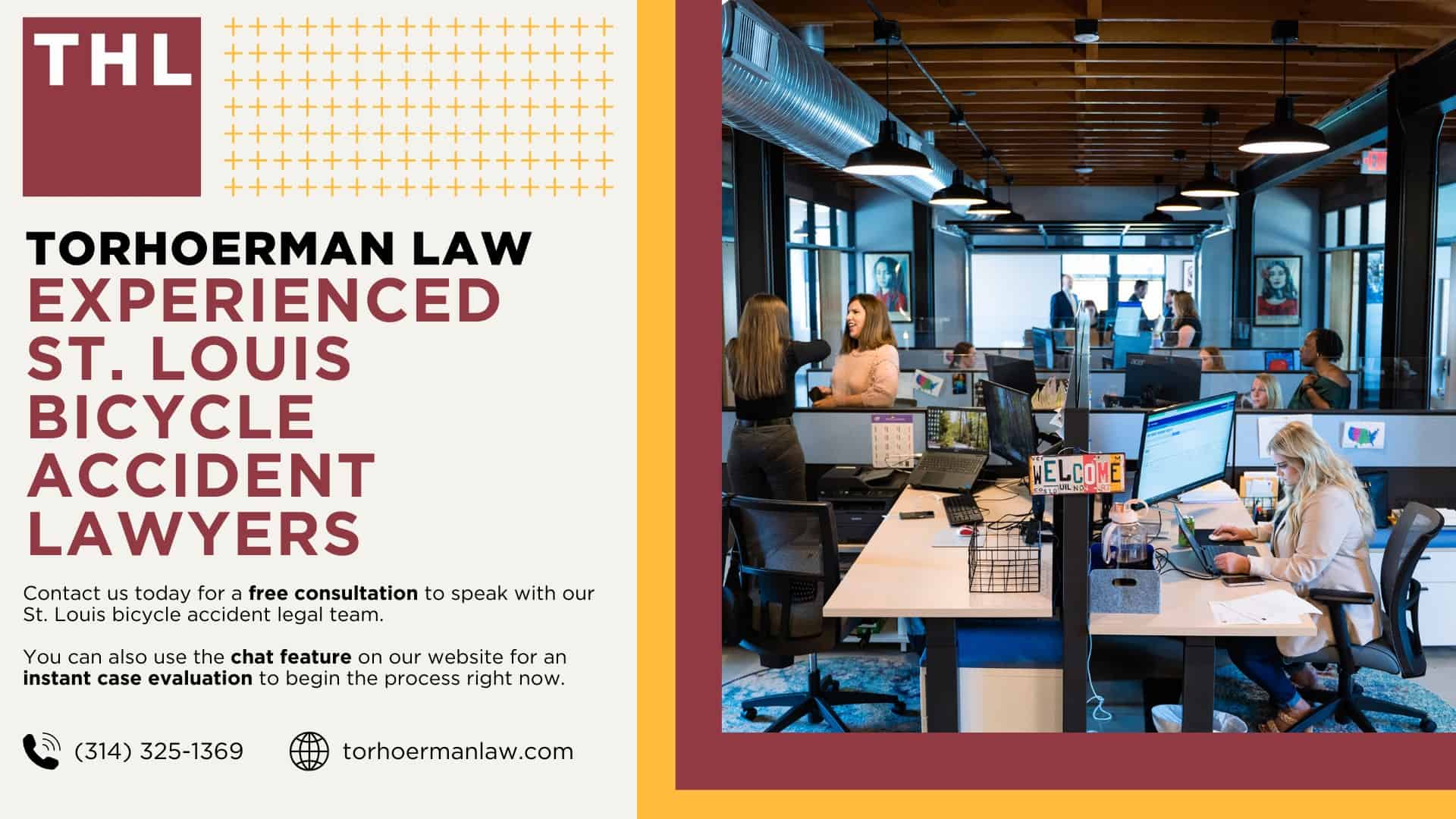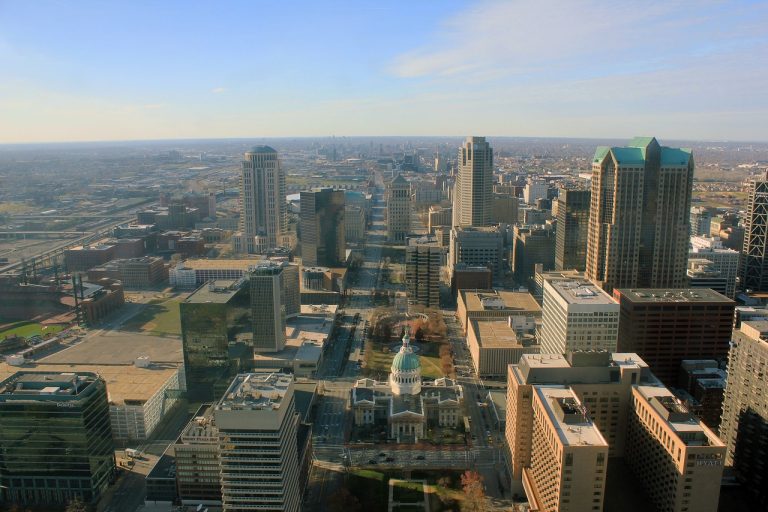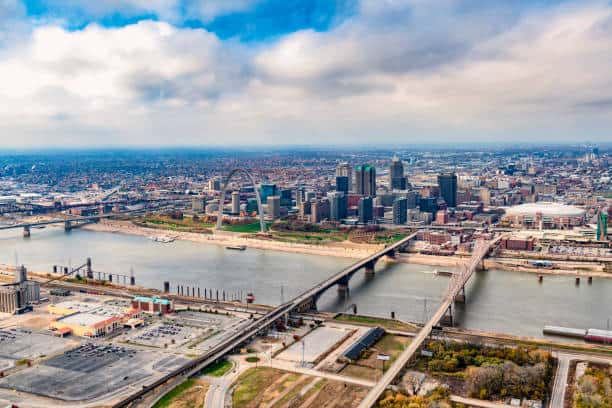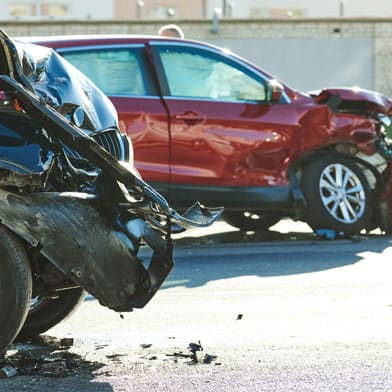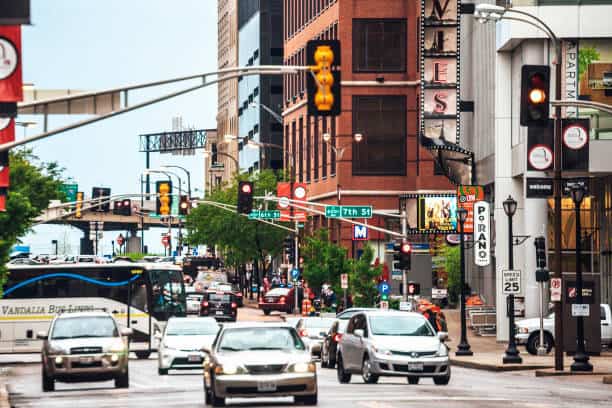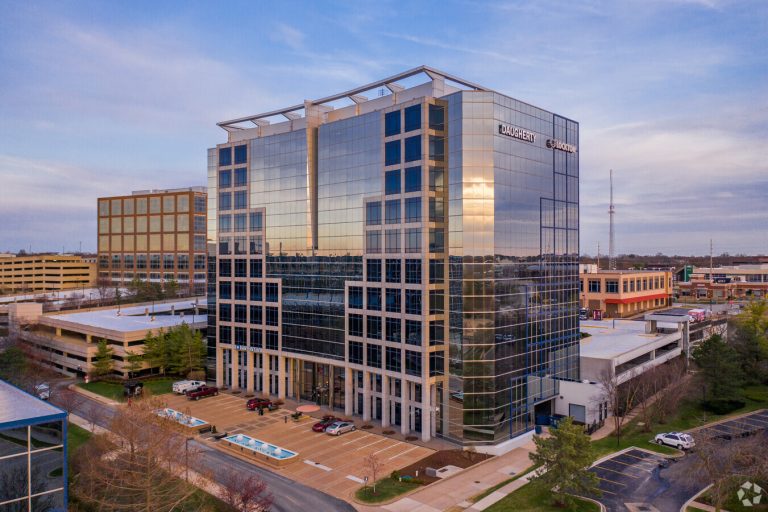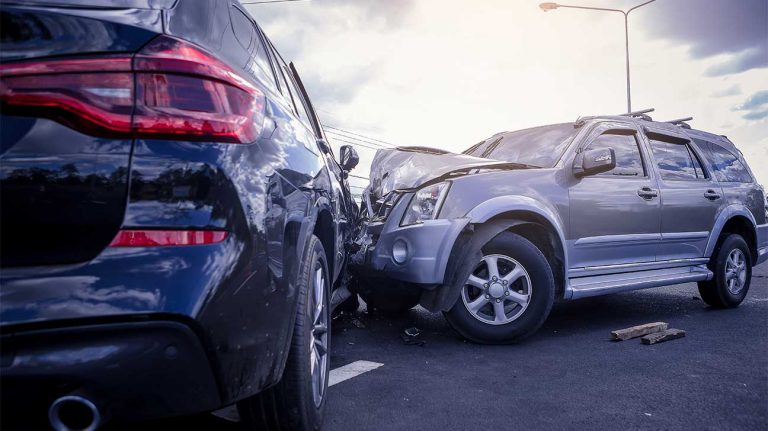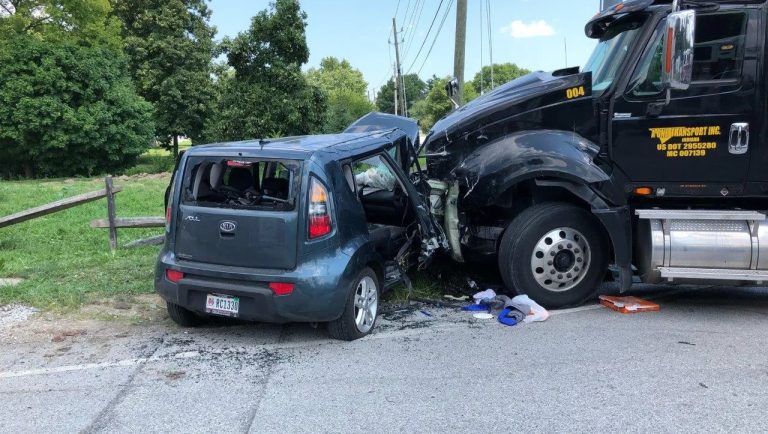Bicycle collisions can profoundly disrupt lives, often leaving victims with serious physical injuries, emotional trauma, and financial strain.
When drivers violate traffic laws—such as failing to yield, distracted driving, or speeding—they endanger the safety of cyclists who rely on others to respect the rules of the road.
For those injured through no fault of their own, a personal injury case can offer a path toward compensation, helping to cover medical expenses, lost wages, and other damages that arise from the accident.
If you’ve been injured in a St Louis bicycle crash at no fault of your own, you may be eligible to pursue compensation through a personal injury lawsuit.
Contact the experienced St Louis Bicycle Accident Attorneys at TorHoerman Law for a free initial consultation.
Use the chatbot on this page for a free case review to find out if you qualify for a personal injury claim instantly.
An experienced bicycle accident lawyer can hep bicycle accident victims through the legal process, completing the important steps of gathering evidence and assessing damages.
Gathering Evidence for Bicycle Accident Claims
Evidence is highly important in personal injury cases, especially those involving injured cyclists.
Clear, convincing evidence is crucial for proving liability and the extent of damages in a bicycle accident claim.
Strong evidence helps build a case showing how the accident occurred, who was at fault, and the full impact of injuries on the victim’s life.
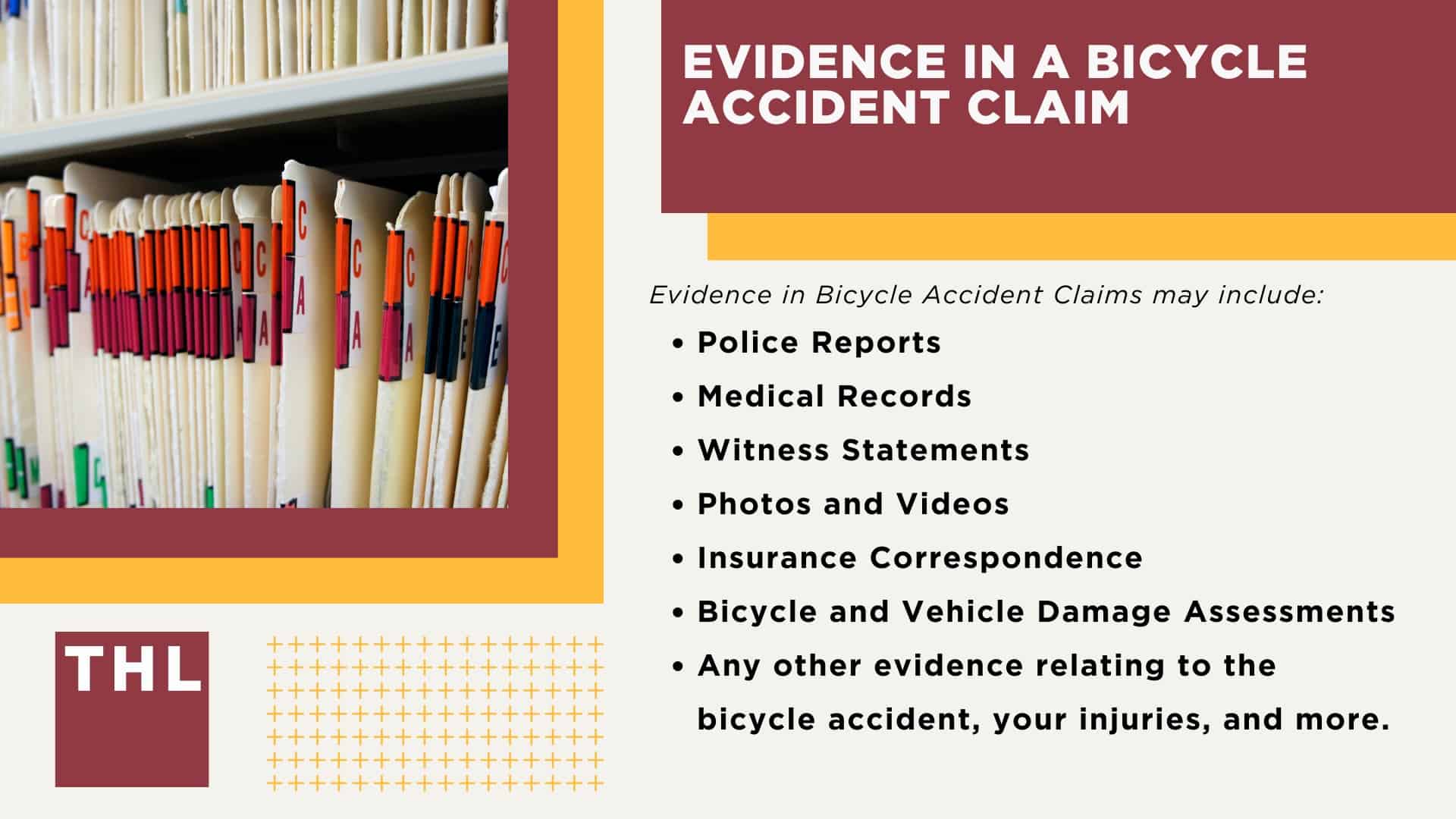
Types of evidence commonly used in bicycle accident claims include:
- Police Reports: Official records of the accident, detailing the incident, parties involved, and any citations issued, provide a foundational summary of events.
- Medical Records: Documentation of injuries, treatments, and prognosis connects the accident to the injuries sustained and helps assess damages.
- Witness Statements: Accounts from individuals who saw the accident unfold can provide unbiased perspectives on how it happened and who was at fault.
- Photographic Evidence: Photos of the accident scene, damaged property, and injuries help illustrate the aftermath and contribute to establishing liability.
- Traffic Camera or Surveillance Footage: Video evidence can be instrumental in capturing the exact moment of the accident, supporting claims of fault.
- Bicycle and Vehicle Damage Assessments: Assessments of the damage to the bicycle and vehicle involved can further clarify the severity of the collision and its impact.
Collecting and preserving this evidence can significantly improve the chances of a successful personal injury claim for an injured cyclist.
Assessing Damages in a Bicycle Accident Claim
In a legal context, “damages” refer to the financial compensation sought to cover losses and hardships resulting from an accident.
In a bicycle accident claim, damages encompass both tangible expenses, like medical bills, and intangible impacts, such as pain and suffering.
Properly assessing damages is essential, as it ensures that all losses—immediate and long-term—are accounted for in a claim.
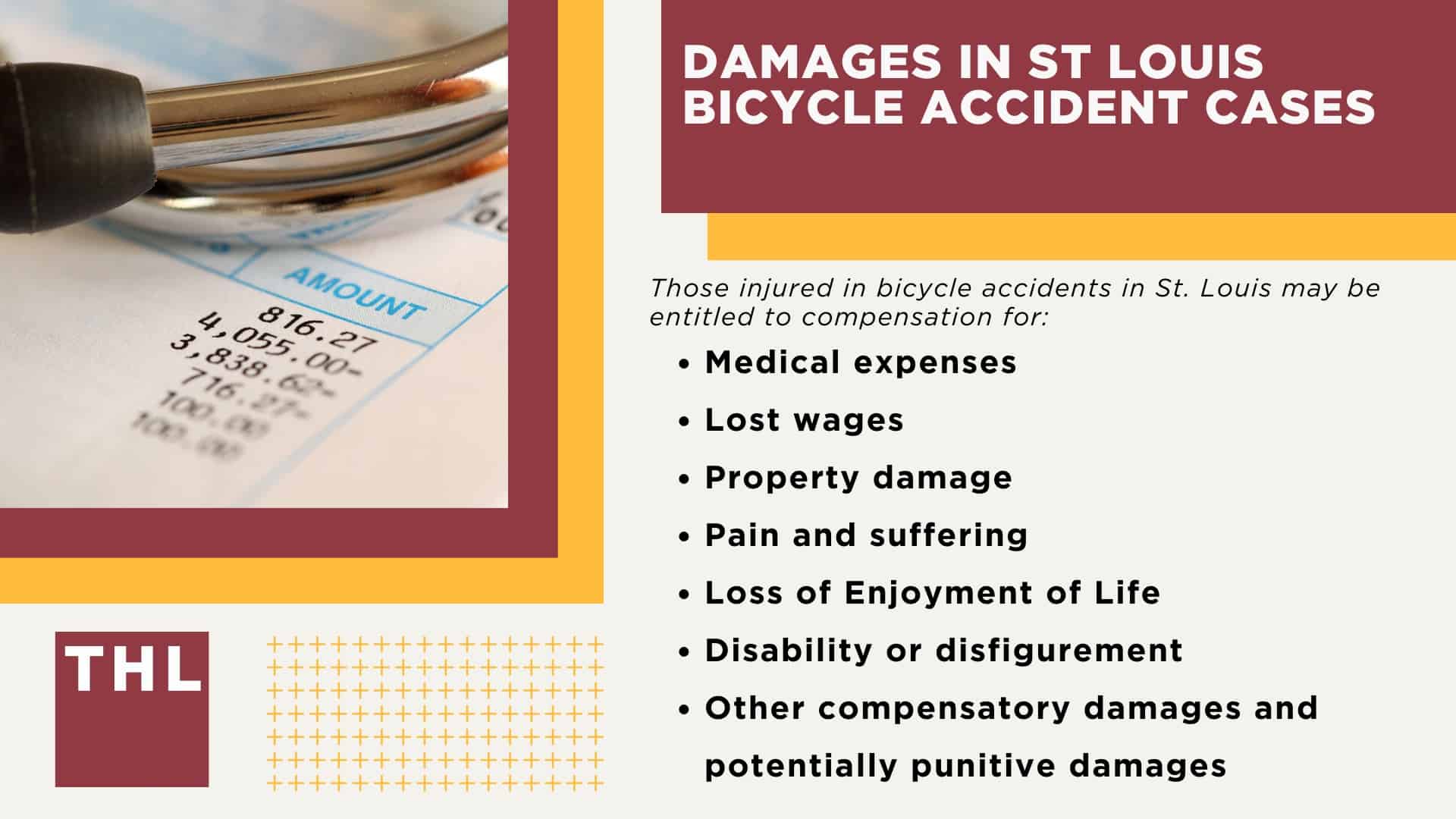
Types of damages commonly assessed in bicycle accident claims include:
- Medical Expenses: Compensation for hospital stays, surgeries, rehabilitation, and any ongoing treatment required as a result of the accident.
- Lost Wages: Recovery for lost income due to time away from work, as well as potential future income if injuries affect earning capacity.
- Property Damage: Costs associated with repairing or replacing the damaged bicycle and any other personal property affected in the accident.
- Pain and Suffering: Damages awarded for physical pain and emotional distress experienced due to the accident and injuries.
- Loss of Enjoyment of Life: Compensation for any reduction in quality of life or ability to engage in activities enjoyed before the accident.
- Permanent Disability or Disfigurement: Damages that reflect the long-term impact of serious injuries, including mobility restrictions or visible scars.
Assessing these damages thoroughly can help victims pursue the full compensation they need for recovery and stability.

